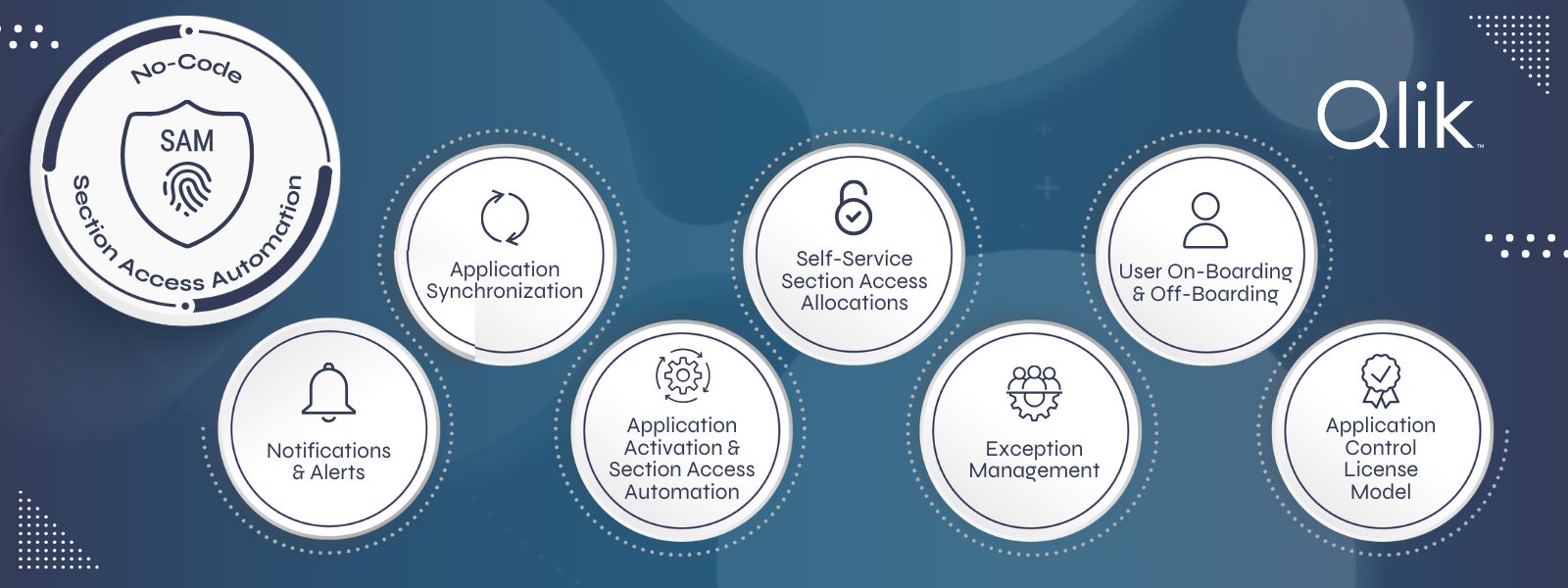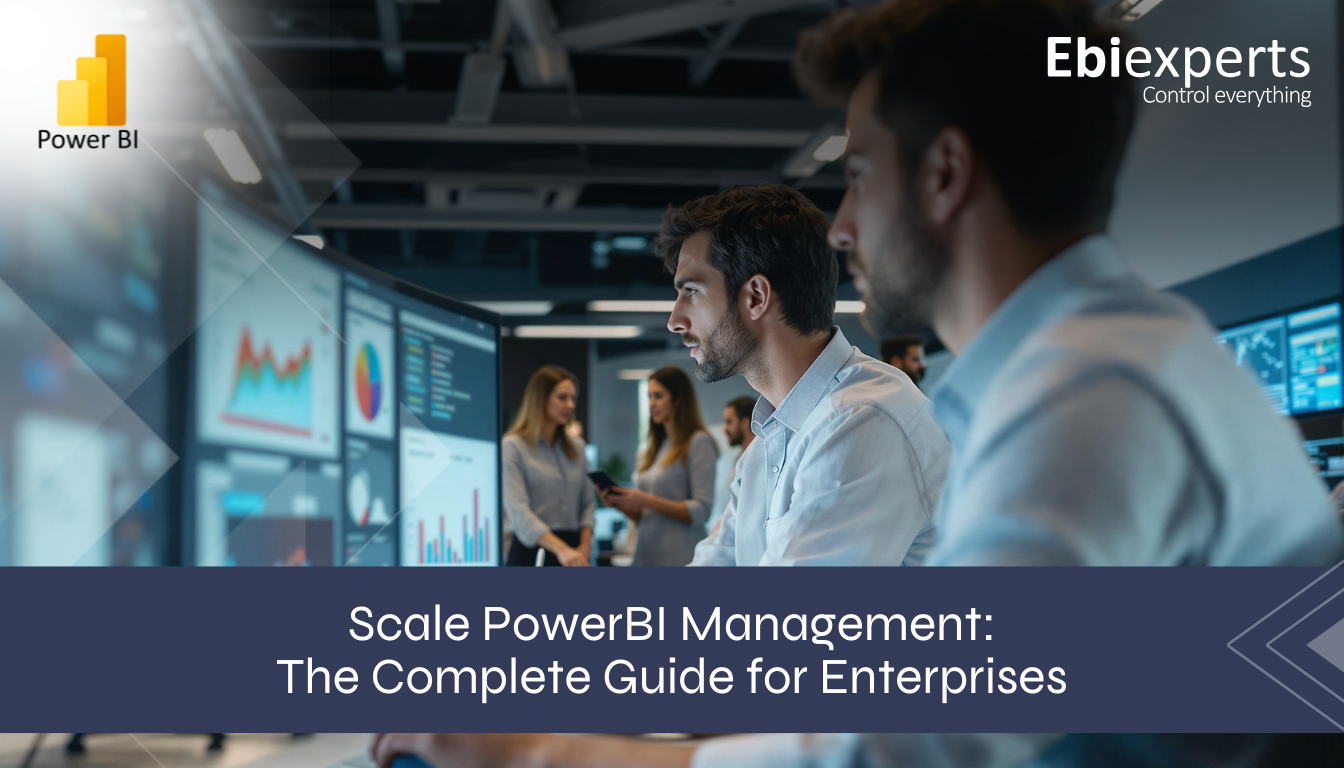In today’s data-driven world, managing access to sensitive information is paramount for any organization. Section Access Manager (SAM) for Qlik has emerged as a critical tool in enhancing data security and compliance within Qlik applications. This blog post delves into the functionalities, benefits, and strategic importance of SAM, drawing insights from various authoritative sources.
Automating Data Security with SAM
The Section Access Manager (SAM) revolutionizes how businesses secure their data within Qlik applications. By automating user-level authentication and data exposure, SAM ensures that only authorized personnel have access to sensitive information. This is achieved through integration with the Qlik QMC API, which allows for real-time, no-code management of access permissions at the stream level within each Qlik application.
Key Features of SAM
Real-Time Access Control:
SAM provides automatic assignment of security access, configurable cache service for refresh cycles, and self-service interfaces, simplifying the management process for non-technical users.
Audit and Compliance:
The system includes a transaction log for auditing, ensuring compliance with governance requirements and providing detailed tracking of access events.
Integration Capabilities:
Seamlessly integrates with both Qlik Sense Client-Managed and Qlik Cloud, making it versatile across different IT environments.
Addressing Common Challenges
Organizations often face several challenges in managing data access, such as employee churn, manual coding complexities, and the high costs associated with traditional access management methods. SAM addresses these issues by:
Reducing Operational Risks:
Automated real-time access control minimizes risks associated with uncontrolled application access.
Enhancing Efficiency:
Immediate onboarding and off-boarding of application users reduce dependency on technical staff, cutting down delays and operational costs.
Simplifying Access Management:
The no-code, self-service approach allows even non-technical users to manage access permissions effortlessly.
Strategic Benefits for Businesses
Implementing SAM in a Qlik environment offers numerous strategic advantages:
Enhanced Data Security:
By automating access control, SAM ensures that data breaches are minimized, protecting sensitive company information.
Cost Reduction:
Automation reduces the need for manual intervention, thereby lowering the costs associated with managing access controls.
Operational Efficiency:
Quick adjustments to access permissions mean faster response times to changes in user roles or departures, enhancing overall operational efficiency.
Real-World Applications and ROI
Businesses that have implemented SAM report significant improvements in operational efficiency and security. The ROI Calculator for Qlik Section Access, as mentioned in the sources, helps organizations quantify the financial benefits of implementing SAM, considering factors like reduced manual labor, decreased risk of data breaches, and improved compliance with data governance standards.
Conclusion
Ebiexperts Section Access Manager (SAM) for Qlik is more than just a security tool; it is a comprehensive solution that enhances operational efficiency, reduces costs, and ensures stringent compliance with data governance standards.
As businesses continue to navigate the complexities of data security, SAM stands out as an essential tool in the arsenal of data management and security strategies. By leveraging the capabilities of SAM, organizations can not only protect their data but also enhance their operational agility and resilience against data-related risks.
Encouraging further engagement with SAM, businesses can explore demos, podcasts, and detailed product updates to better understand how this tool can be tailored to meet their specific needs, ensuring robust data security and streamlined access management in their Qlik environments.



